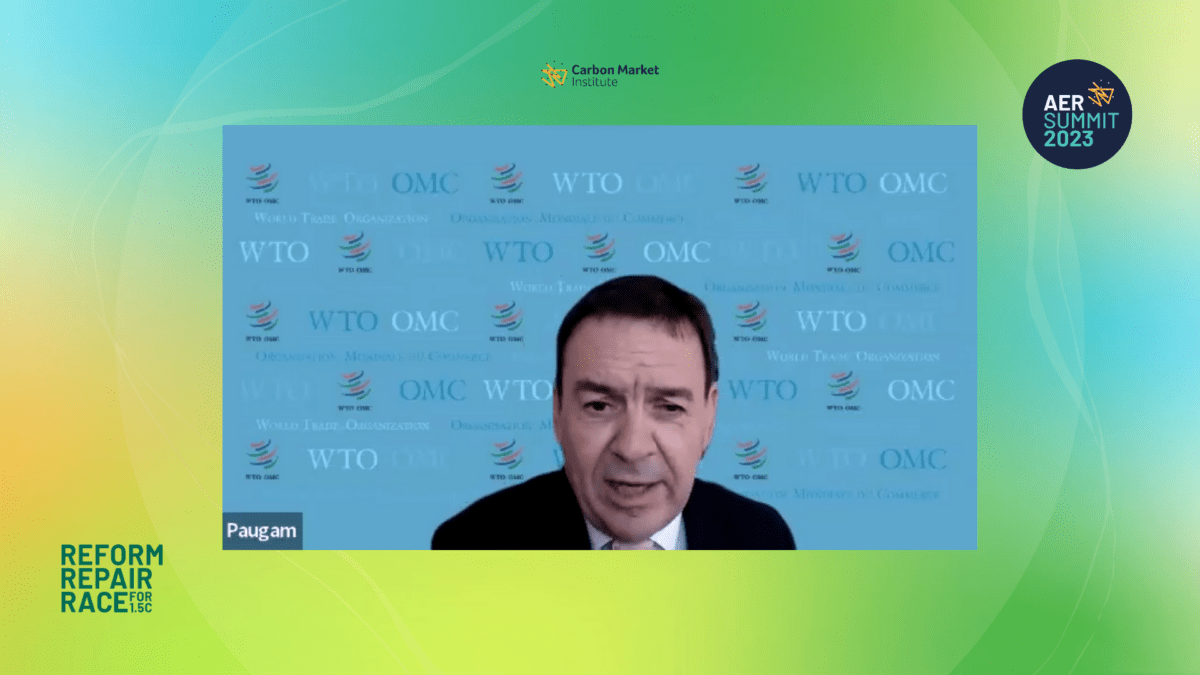Delivering better outcomes for climate and nature
The Carbon Market Institute and NRM Regions Australia today jointly released the co-authored Carbon for Nature report outlining how carbon farming investment can be leveraged to deliver additional nature benefits. The report highlights the important role that carbon farming can play to address the twin crises of climate and biodiversity challenges.
CMI CEO John Connor noted the untapped potential of the carbon market.
“Current estimates based on ACCUs generated through activities in the agriculture and land sector quantify the investment at around $1.7 billion. If we direct at least a portion of these ACCU investments into explicit carbon for nature project outcomes, we could begin to bridge the biodiversity financing gap,” Mr Connor said.
NRM Regions Australia CEO Dr Kate Andrews explained the research.
“Nature outcomes are a key reason regional NRM organisations are involved in carbon farming. To us, biodiversity and landscape health outcomes are the core benefits, but we wanted to explore if that was the case generally – we wanted to find out how carbon farming projects are benefitting nature – and how they might do more,” Dr Andrews said.
Around 20 informed stakeholders in relevant fields including ecologists, carbon project developers, government representatives, conservationists, Indigenous carbon market participants, business leaders and regional NRM staff were interviewed for the research.
The report confirmed that carbon projects can, and do, contribute to nature outcomes, but optimising carbon projects to deliver for biodiversity costs more – and there aren’t clear regulatory or commercial reasons for ACCU buyers to invest in nature.
Government policies to date have favoured projects that support lower-cost emissions abatement, rather than high biodiversity value projects, which can involve greater costs that may limit their uptake. A step-change to improve enabling conditions and investment incentives is required to boost carbon for nature.
“The Carbon for Nature report shows there is significant potential for carbon farming to deliver greater, more widespread benefits for ecosystems across the country – if we commit to actions to drive and enable outcomes for nature from carbon farming investment,” Mr Connor said.
Dr Andrews emphasised that elevating carbon for nature projects was a joint responsibility.
“The report sets out a number of considerations, not only for the Government, but all stakeholders,” she said.
The increased focus on “nature positive” outcomes, including the emergence of the Nature Repair Market, provides avenues to better consider how the policy environment for carbon farming and nature can work more closely together, and how carbon farming can be leveraged and optimised to deliver wide-scale landscape restoration and increased biodiversity habitats.
“Providing a framework to better support transparency, price-discovery and verification of biodiversity co-benefits can direct investment to high integrity carbon farming projects that can achieve additional outcomes for nature,” Dr Andrews said.
CMI CEO John Connor concluded: “The much-needed reform of Australia’s environment laws has stalled and should be rebooted. In the meantime, I hope the report findings can start the conversation on what needs to be done for carbon farming to deliver even better outcomes for nature, and contribute to solving the biodiversity, as well as the climate, crisis.”
Please find the Carbon for Nature report and executive summary attached.



